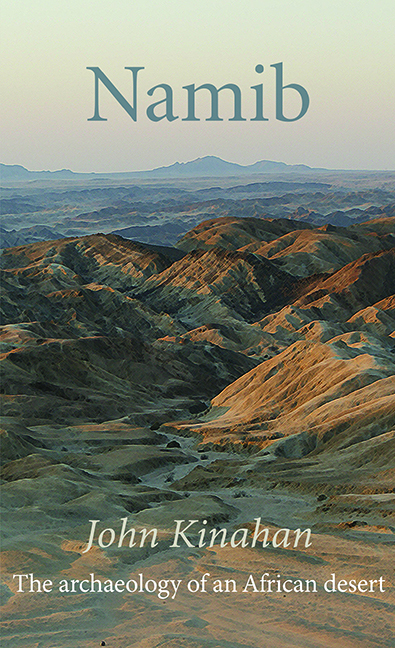Book contents
- Frontmatter
- Contents
- Miscellaneous Frontmatter
- Map
- Dedication
- Preface
- Acknowledgements
- Notes to the Reader
- List of Abbreviations
- List of Figures and Tables
- 1 Introduction
- 2 First Footsteps
- 3 Time’s Arrow
- 4 Mountain Refuge
- 5 Elephants and Rain
- 6 Desert Garden
- 7 The Family Herd
- 8 The Black Swan
- 9 Men in Hats
- 10 The Death of Memory
- Epilogue
- Glossary
- Bibliography
- Index
- Frontmatter
- Contents
- Miscellaneous Frontmatter
- Map
- Dedication
- Preface
- Acknowledgements
- Notes to the Reader
- List of Abbreviations
- List of Figures and Tables
- 1 Introduction
- 2 First Footsteps
- 3 Time’s Arrow
- 4 Mountain Refuge
- 5 Elephants and Rain
- 6 Desert Garden
- 7 The Family Herd
- 8 The Black Swan
- 9 Men in Hats
- 10 The Death of Memory
- Epilogue
- Glossary
- Bibliography
- Index
Summary
The parable observes that the shepherd knows his sheep, that he goes before them and they follow him, for they know his voice. Thus, the essence of pastoralism is in its social relations, not only within and among the households of herd-owners, but between the herdsman and his flock. Genealogy, which determines the pastoralist's place in the social universe of descent and filiation, is mirrored in the blood-lines of the herd, and just as intimately known. Pastoral herds thus exist as a parallel dimension in human society, and are implicated in both its biological reproduction, as a source of food, and in every facet of its social reproduction, from marriage in this world, to that of the afterlife, where cattle are just as much part of pastoral life. So, pastoralism is more than mere food production and its archaeology must therefore address much wider concerns than the bones of domestic stock.
Evidence of pastoralism in the form of livestock bone appears, as we observed in Chapter 4, quite suddenly through much of the arid western parts of southern Africa by the early first millennium AD. The rapid dispersal of livestock and of pottery was at first taken by archaeologists to represent the arrival, as an immigrant population, of the Khoe-speaking herders encountered later by the first European visitors to the Cape. Problematically, pastoralists, due to their mobile settlement pattern, appear to be almost invisible archaeologically, and it has therefore proven difficult to identify and trace the movement of pastoralists over the landscape. A view has begun to emerge from re-appraisals of the evidence that pastoral communities in the Cape arose from an extended and more complex social evolutionary process than previously suspected.
Debates surrounding the introduction and spread of pastoralism at first favoured a point of origin in the northern Kalahari, with a number of radiating routes of dispersal. One of these indicated a westward movement following the Orange River where it divided, with one stream entering the western Cape while another turned north into the southern Namib Desert. This model has gained support from studies that attribute one particular rock art genre in this region to the pastoral Khoe, and from archaeological remains of cattle in Namaqualand dating to the first millennium AD.
- Type
- Chapter
- Information
- NamibThe Archaeology of an African Desert, pp. 259 - 312Publisher: Boydell & BrewerPrint publication year: 2022



